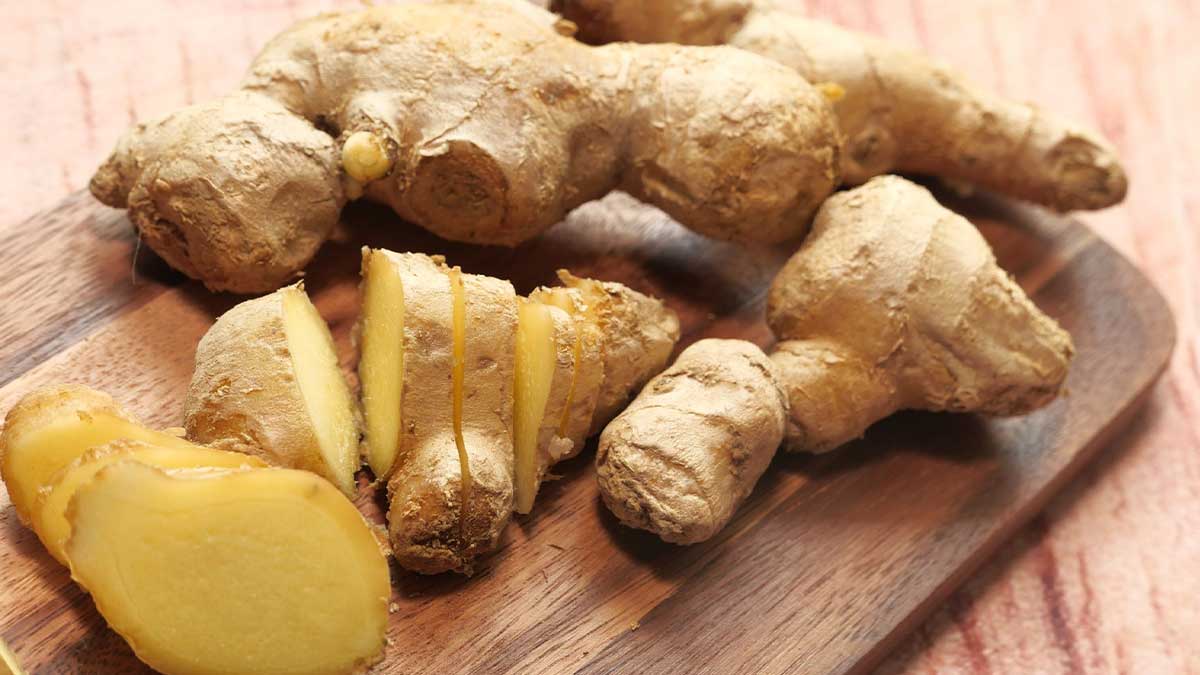Senator Dr. Sania Nishtar -Special Assistant to the Prime Minister on Poverty Alleviation and Social Protection has inaugurated the first-ever ginger cultivation in the Ginger Harvest Workshop conducted in the Balkasar area of Chakwal, Punjab.
As per the news release, this was the first ginger crop piloted in Pakistan. The crop was developed in 11 months. As an important constituent of Pakistani cuisine, ginger is highly demanded but unluckily, it is not cultivated here, and all the crop is imported to meet domestic needs.
During the event, experts created awareness among the partakers regarding the bearable production and management of ginger and in what way to appropriately harvest the crop.
Read more: 8 million tons of surplus rice worth $4 billion to be exported to new markets
While adressing on the occasion, Dr Sania said: “Ginger can emerge as a major crop and can be a game-changer for the farming community. Agriculture is profoundly linked to poverty alleviation in Pakistan. Government, private sector, research institutions, innovators, and farmers can work together to build synergies and develop agri-value chains. This will lead to greater impact for poverty alleviation, livelihoods creation, economic growth, and foreign trade boosting.”
Besides, the occasion was also attended by Chairman Pakistan Agricultural Research Council (PARC) Dr. Ghulam Muhammad Ali, Director Vegetable Research Institute, Faisalabad Muhammad Najeebullah, and other experts.
Information regarding the technique for successful growth and harvest of ginger in the country was given to the Participants.
Moreover, specialists gave research-based information about the agricultural advantages of producing ginger locally. Later, all participants visited the field for the official inauguration and demonstrations.
Chairman PARC informed Dr. Sania on the accomplishment of the ginger farming plan and its potential to increase Pakistan’s farming sector. “This variety of ginger has been successfully grown and field-tested and can yield up to approximately 8 to 10 tonnes per acre in this area,” he said.
With the help of sprinklers, drip irrigation, and shading fabric, it is the first ginger cultivation project that cast out commercially successful.





















